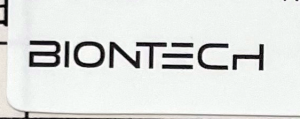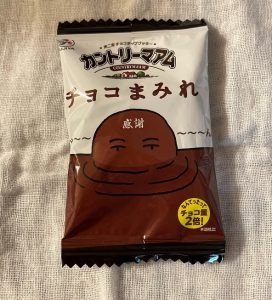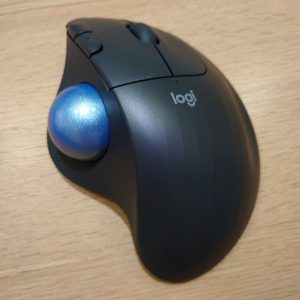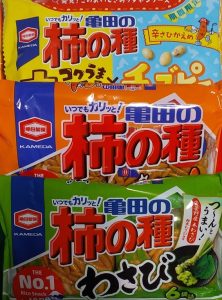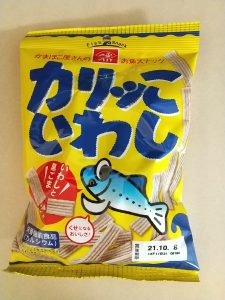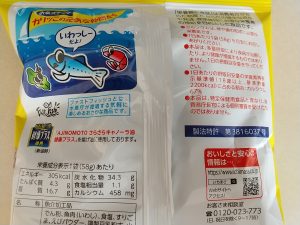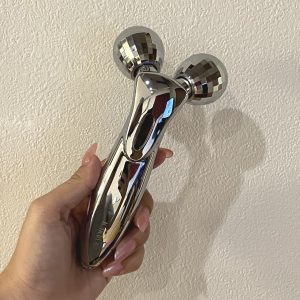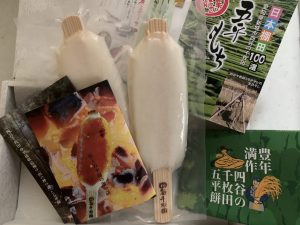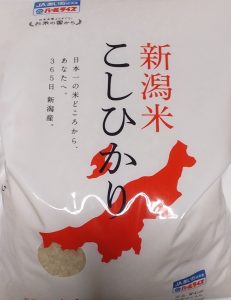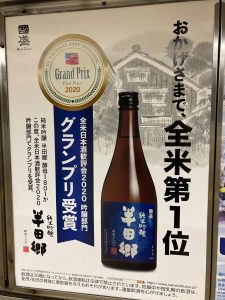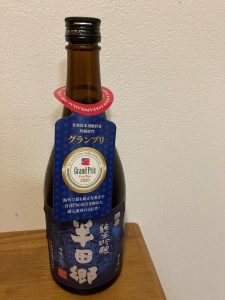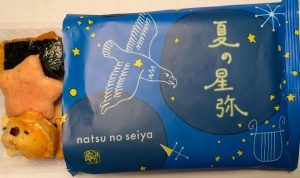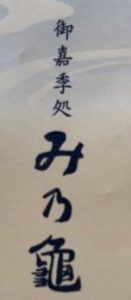Hello. This is Hiro.
About a month ago, I was vaccinated with Pfizer’s new coronavirus vaccine for the second time. The sticker attached to the vaccination certificate had the indication “BIONTECH” in the stylized alphabet.
When I searched J-PlatPat using “BIONTECH” as a search keyword, I found almost the same registered trademark (international trademark 1478253), although the “T” part was slightly different.
The filing date of the basic application for the international trademark 1478253 (European Union Intellectual Property Office) is July 18, 2012, the international registration date is April 5, 2019, and the registration date in Japan is April 16, 2021. The right holder is “BioNTech SE”. About one year after the international registration, the new coronavirus infection began to spread worldwide, and it seems that the trademark was registered in Japan about one year later.
The trademark owner “BioNTech SE” (hereinafter “BioNTech”) is a biotechnology company established in Germany in 2008 by a Turkish-German couple (Wikipedia “BioNTech”). BioNTech has been developing a new coronavirus vaccine with Pfizer since March 2020 and put the vaccine into practical use in less than a year. The vaccine BioNTech and Pfizer have developed and put into practice is a type of vaccine called the mRNA vaccine. The mRNA vaccine is the first new vaccine approved in December 2020, which requires no pathogen production during the manufacturing process, is faster, cheaper, and more standardized than traditional protein-based vaccines. It seems that there is an advantage that it can be manufactured with a low defect rate in the manufacturing process (Wikipedia “RNA vaccine”).
As of the end of October 2021, the number of newly infected people has slowed down, probably because the number of vaccinated people has been increasing in Japan. However, I think it’s still an early stage and we need to be careful. I just hope that this pandemic will end as soon as possible while trying to prevent the spread of the infection.
